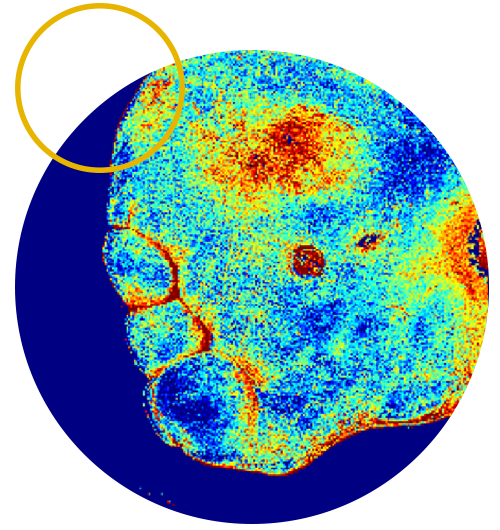Wound imaging systems are essential in monitoring of wound progress. Diabetic foot ulcer is an important complication of diabetes and warrants close monitoring for prevention, promoting wound healing, and preventing recurrence. Wound care begins with wound assessment, which involves the accurate measurement of parameters such as wound area, depth, volume, stage, signs of infection, and healing potential.

Types of Wound Imaging
Wound assessment and monitoring devices are digital aids, such as electronic instruments or network compatible smart devices, used in the measurement, imaging and documentation of wounds. Devices used in the assessment of wounds may use ultrasound technology or laser guides to provide accurate wound measurements or models. Digital devices may provide three-dimensional assessment of a wound with electronic medical record (EMR) software integration and may be non-contact.
How It Is Used
Wound imaging is used to visualise regions of significant bacterial load in a patient’s wound. This includes measuring the wound size to track progress of the wound’s healing journey. Imaging can capture highly accurate, non-contact 3D wound images, including length, width, depth, area and volume as well as automates tissue classification and composition. This enables the clinician to carry out real-time assessment and treatment documentation.
If you or the person you are caring for has a diabetic foot wound or ulcer that is open and is having difficulty healing, you can come in for an assessment.

Assessment with our doctors who are specialists in wound healing.

Carry out treatment plan that suits your wound best.

Follow-ups with home nursing option

Better quality of life with closing wound that can be measured through imaging.